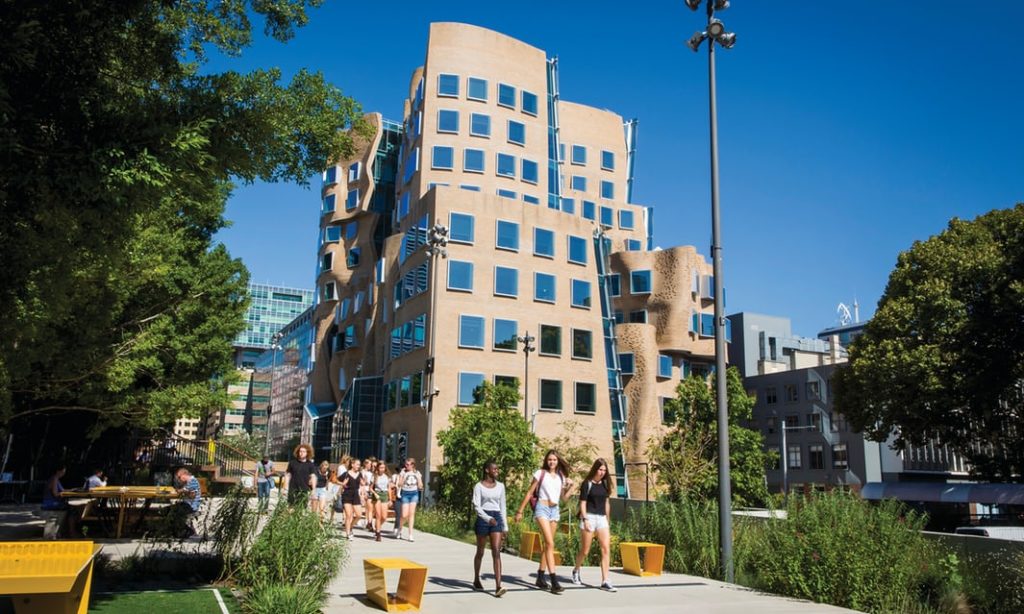
Every city wants a High Line. When Joshua David and Robert Hammond first dreamed of turning a long-disused elevated railway track overgrown with weeds into a linear park for Manhattan, they could scarcely have imagined the day – about 10 years and more than $180m later – when fellow urbanists in Miami, Seoul, Toronto, London and Sydney would strive to replicate their project’s phenomenal success.
“Part of the High Line’s allure lies in its seeming impossibility,” says Adam Ganser, vice president of planning and design at Friends of the High Line. “It was so unlikely that this project would happen that I think it provides some optimism around similar crazy concepts in other cities around the world.” The fact that it attracts five million visitors per year and an estimated $980m (£756m) in tax revenue might also have something to do with it.
But as major cities fall over each other to adapt the relics of their industrial past into engines of tourism and property booms, the chorus of detractors is growing. The charges against the mini-High Lines of the world are numerous: racial segregation, gentrification, cost, ugliness and outright idiocy. London’s Garden Bridge project has just collapsed amid widespread opposition from the very population it hoped to titillate. Even Hammond – whose penitence included setting up the High Line Network, a coalition of designers and planners meant to help other High Line-like “adaptive reuse” projects avoid his mistakes – acknowledges the problems. “We were from the community. We wanted to do it for the neighbourhood,” he said in a recent interview. “Ultimately, we failed.”
So, how do you do it right?
Read the whole thing at the Guardian.